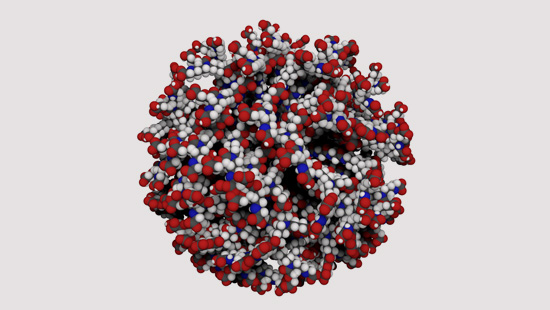Targeted Nanotherapeutics
Physical and Chemical Properties
The physical and chemical properties of these nanostructures can be precisely controlled in the laboratory to maximize the desirable cellular interactions while minimizing unwanted side effects during therapy. For example, at SQI nanoparticles have been developed that mimic the size, shape and surface chemistry of natural high-density lipoproteins (HDL) and provide some of the benefits. Researchers can tailor the surface chemistry of HDL nanoparticles to target specific cells or regions of interest.
Medical Applications
This approach allows for precise delivery of therapeutic drugs to damaged or diseased tissues. SQI is also exploring the use of nanostructures in the area of immunotherapy. Nanoparticles can be designed to mimic viral structures and biochemical mechanisms. These synthetic "viruses" can provoke or suppress the body's immune system or focus it with targeted delivery. Targeted nanotherapeutics are also being applied at SQI to arrest the growth and spread of prostate cancer and melanoma and to treat cardiovascular disease.

